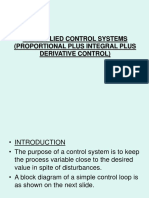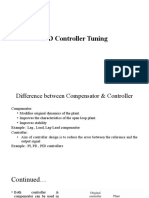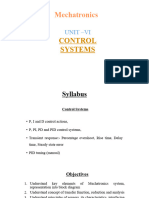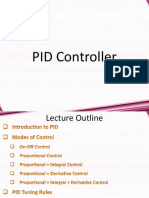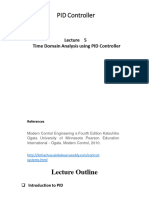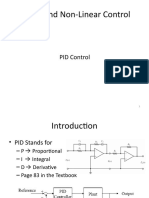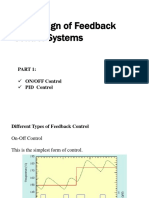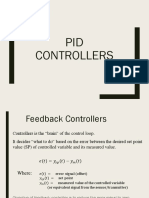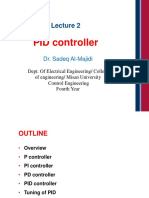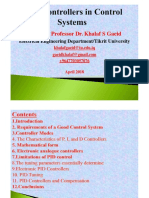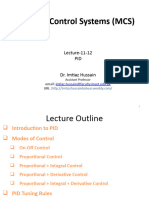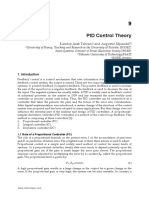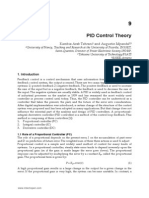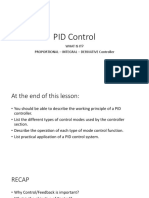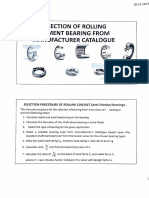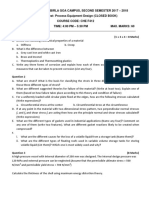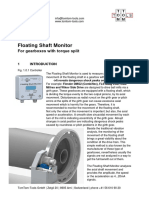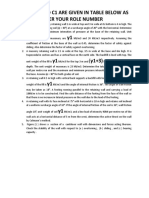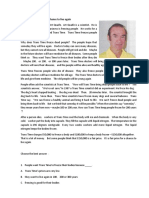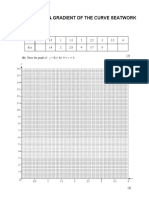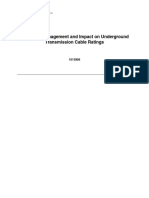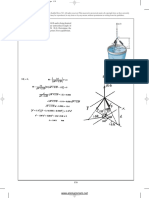0% found this document useful (0 votes)
23 views27 pagesPID Controller
The document discusses PID controllers and how they are used to control systems. It provides an overview of how PID controllers work and the purpose of the proportional, integral and derivative components. It describes how each component affects various transient response specifications like rise time, overshoot and settling time. Methods for tuning the gains of PID controllers like trial and error, Ziegler-Nichols tuning rules I and II are presented. PID controllers are widely used in industrial control applications due to their robustness and ease of implementation.
Uploaded by
prof.hovCopyright
© © All Rights Reserved
We take content rights seriously. If you suspect this is your content, claim it here.
Available Formats
Download as PDF, TXT or read online on Scribd
0% found this document useful (0 votes)
23 views27 pagesPID Controller
The document discusses PID controllers and how they are used to control systems. It provides an overview of how PID controllers work and the purpose of the proportional, integral and derivative components. It describes how each component affects various transient response specifications like rise time, overshoot and settling time. Methods for tuning the gains of PID controllers like trial and error, Ziegler-Nichols tuning rules I and II are presented. PID controllers are widely used in industrial control applications due to their robustness and ease of implementation.
Uploaded by
prof.hovCopyright
© © All Rights Reserved
We take content rights seriously. If you suspect this is your content, claim it here.
Available Formats
Download as PDF, TXT or read online on Scribd
/ 27

